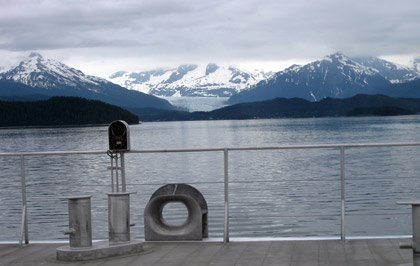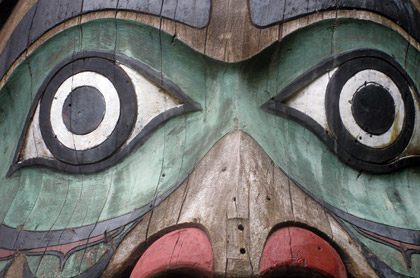Neal Stewart of Flying Dog has started another personal blog, calling it The Mount Rushmore Of . . . The premise: debate the most influential people (within a certain topic) of all-time.
He starts with baseball, listing Jackie Robinson, Babe Ruth, Walter Johnson and Ted Williams or Willie Mays. About as good a list as you could expect from a Cardinals fan.
It shouldn’t be long before he gets to American “craft” (supply your own definition) beer, but that likely will be boring, won’t it? Pretty obvious choices. You have to include Charlie Papazian, Michael Jackson, Fritz Maytag and if allowed the Williams/Mays cop out you don’t have to pick between Ken Grossman and Jim Koch. Is it really that easy?
– Thirsty in Regina. In a last second effort to participate in The Session, and because we’d heard good things about Bushwakker, we swung off the road in Regina with hopes of drinking a doppelbock (the out of season beer) and whatever else looked interesting. Regina, in Saskatchewan, is a big enough city that getting around in a motor home proves a bit of a challenge but at least there was plenty of parking on the street.
The problem was when we walked through the door and learned nobody under 19 was allowed inside. It didn’t seem like leaving Sierra in the motor home while we drank beer was the responsible thing to do so we headed on down the road. Funny, or not so funny, thing is we’ve become so used to brewpubs in the States being family friendly we never think about the possibility Sierra might not be welcome.
– Re-Discovery. One of the questions the late Michael Jackson received most often was when he would produce new editions of his “Beer Hunter” television series, or if he could at least motivate the Discovery Channel to re-release the video tapes first available in 1990 — preferably on DVD.
Never happened, but Evan Rail reveals in his Beer Culture blog that Discovery finally is working on something similar.
I’ll be working with a crew shooting a Discovery Channel television special on beer, which, back home, will include brewing stars like Sam Calagione from the offensively good Dogfish Head and Professor Charlie Bamforth from my old alma mater, the University of California, Davis.
Can’t wait.
 Greetings from Banff, where it is raining on Canada Day. Good enough weather this morning for pancakes in the park — two tasty pancakes (real maple syrup), a muffin, sausage and fruit juice for $3, perhaps the best food deal of our trip.
Greetings from Banff, where it is raining on Canada Day. Good enough weather this morning for pancakes in the park — two tasty pancakes (real maple syrup), a muffin, sausage and fruit juice for $3, perhaps the best food deal of our trip.
